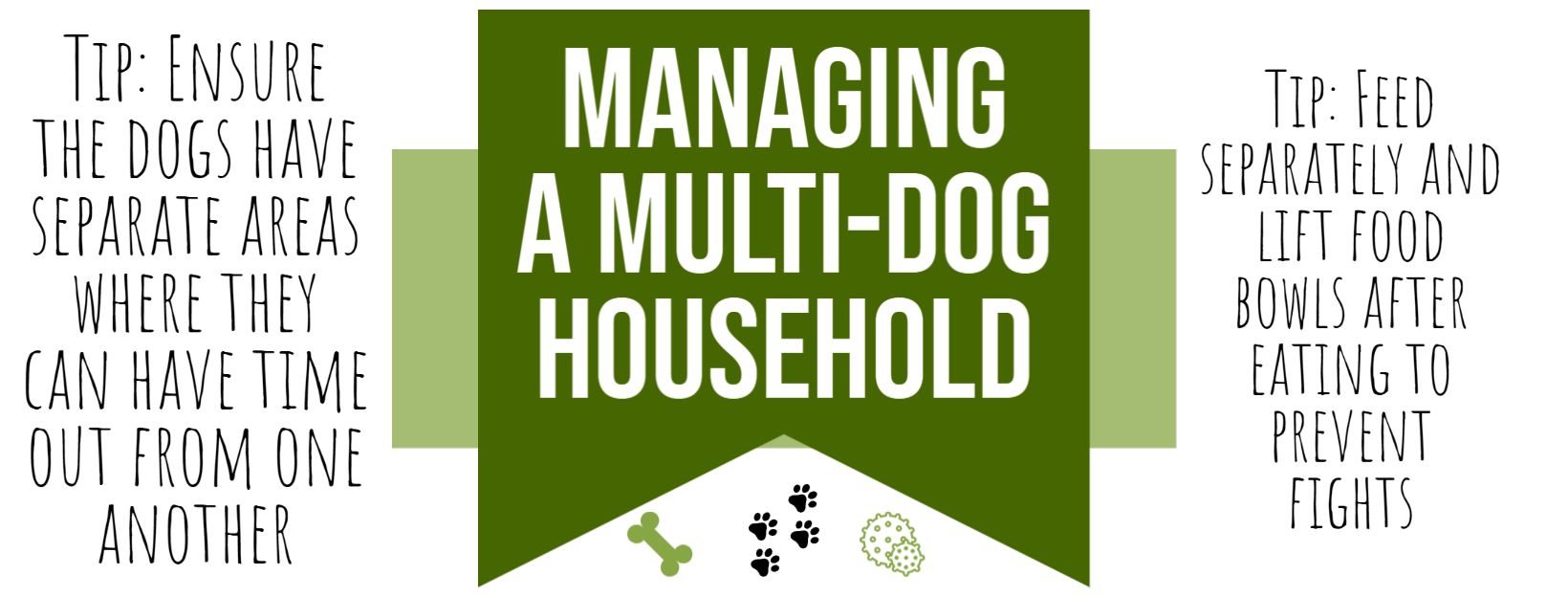
All friendships take time and understanding especially doggy friendships...
The following suggestions are important to successfully introduce a new dog to your existing dog(s). Before you bring the new dog home you need to make decisions on all the following issues: toys, treats, sleeping arrangements, feeding locations and daily exercise schedules, etc.
It's all about timing...
When you take on a new dog you're going to need to be present for at least a few days to assess and monitor the interaction between your existing dog and your newbie.
During your work holidays is one of the better times to acquire a new animal. It allows you to get to know them and makes the transition easier for all concerned. You will be asked what your first week plan will be when you look to adopt a dog, you can't just go off and leave them, hoping for the best. We recommend booking some time off to aid the transition into the home.
If you don't work weekends, they can also be a suitable time to take on another dog, however, if you don't get them off but your partner, housemate, child (over 16) etc. does you could try to overlap days so the dogs are not left unsupervised. This way you will have two days with the dogs and then another family member could be home the next two days. Supervision, exercise, and hanging out together make the settling in period run more smooth.
Remember that dogs don't get on 24/7 and expect spats, especially whilst they are getting accustomed to one another.
Have realistic expectations & get help if you need it!
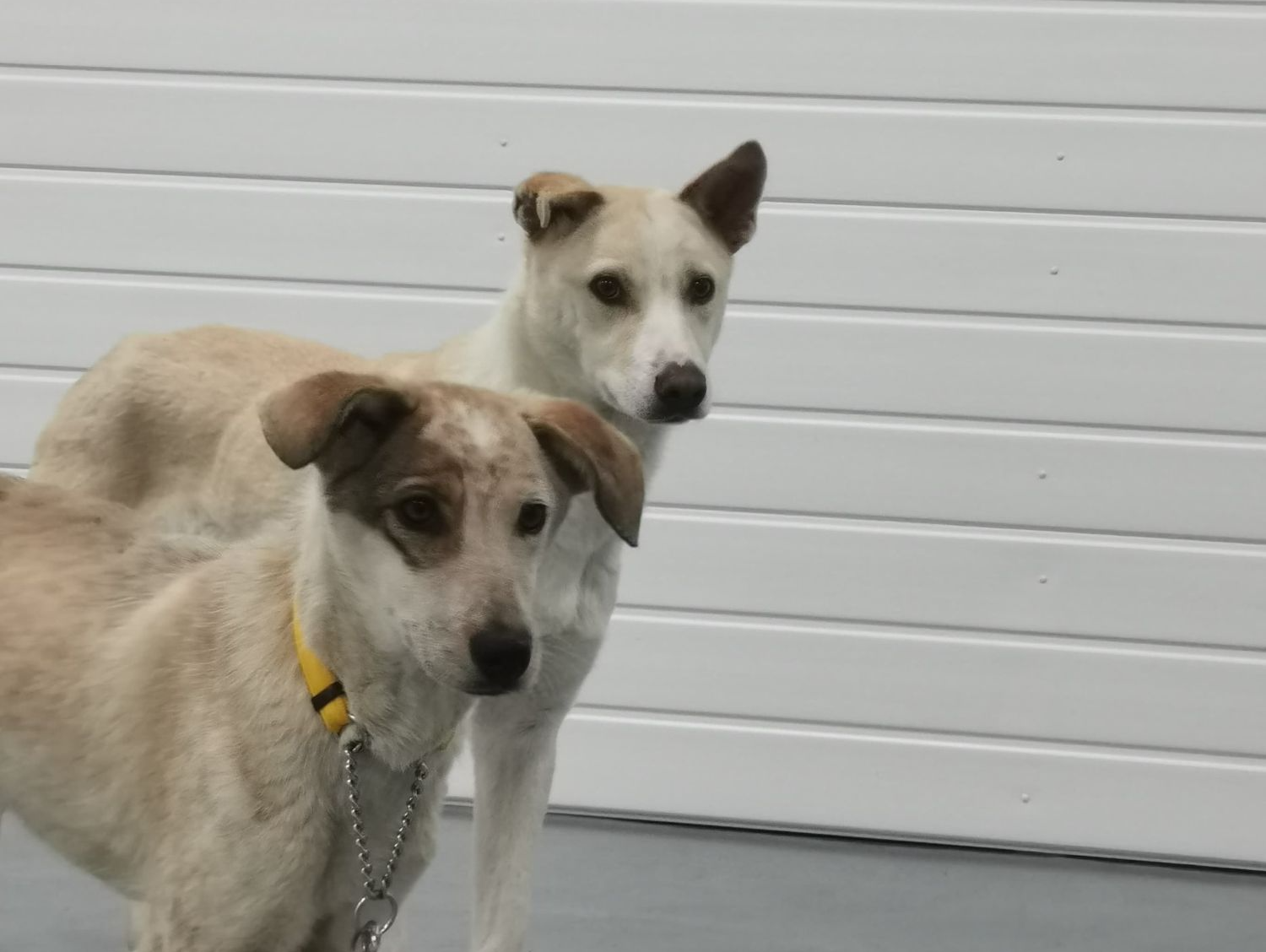
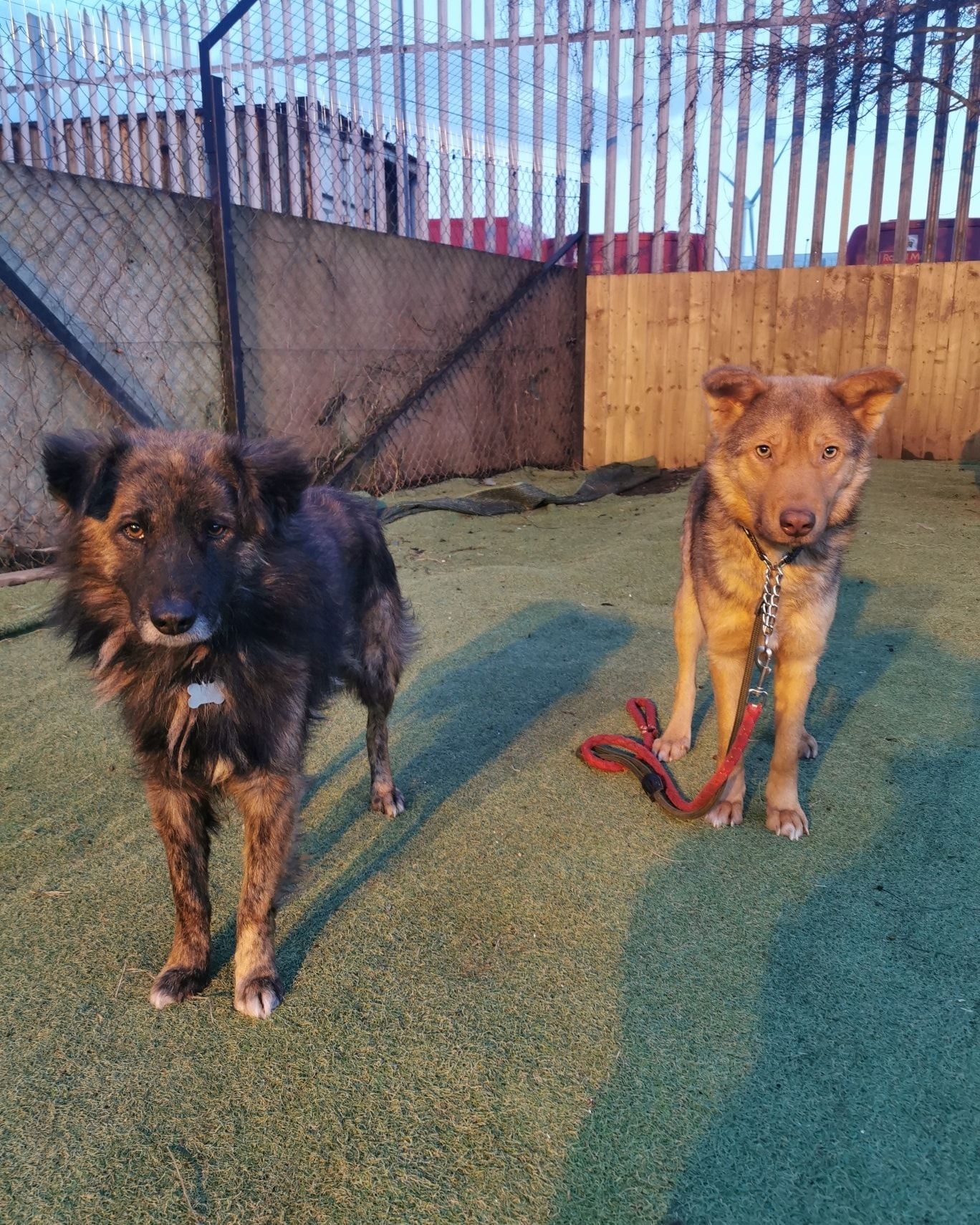
Supervision is key...
Management is required heavily at the beginning as the dogs relationship blossoms.
If you haven't got the time to supervise, the dogs MUST be separated. You need to have a separate space allocated for the new dog to be shut away, giving them both time away from one another and allowing them to chill out. Set your dogs up for success - if they are fed up of one another and are not managed, it could lead them to fail.
Keep trailing lines on both dogs so you can easily move one away from the other if needed (trailing lines are lightweight standard clip leads attached to the dogs collar).It is recommended that toys and food items are not left out to begin with in case one dog begins to guard an item from the other. When they are happy to be left together in future, do not leave a toy out, or treat that you know will start an argument otherwise they could fight whilst you're away from them. Watch their body language when they are together: if either dog is stiff and seems uncomfortable quietly and calmly defuse the situation by removing one dog from the area.
Remain Calm
It is unrealistic to believe that the dogs will never get into an argument - they will, just like human siblings will argue with one another. Most arguments will be diffused by the dogs and do not require us to butt in. Do not panic if they do become heated, you can move them away from one another using the trailing line, by making a noise to distract them, or if it's really heated, using a glass of water to confuse them.
Watch your reactions to interactions and arguements. If you are constantly anxious of the dogs interacting they can pick up on this and they will also learn to be anxious about interacting with one another. It is important to keep positive and lighthearted about their interactions, the more carefree we are, the more carefree they will be.
It is recommended that their initial greeting is done with their trailing leads hanging loose. Tip: You can trigger aggression by tensing up or holding the leash too tight. Keep your leashes loose and if the dogs are tense you can easily step away before the dogs are too close to tangle. Don't walk straight towards another dog-just circle closer from the side and then walk side by side. If you are calm and find the posturing amusing, the dogs will sense they don't have to worry either.
If the dogs are starting to get over the top, are beginning to argue or get too heated you can use your body to block one dog from getting to the other. Take hold of the trailing line and stand in the dogs eyeline. They will try to look around you so be prepared to shuffle around until the dog is calmer. If the dog is finding it hard to settle back down perform a time out but shutting them into another room. Give them a good amount of time to settle before reintroducing. If they are het up, sent out for aa brief second and they come back in het up you haven't achieved anything.
Try not to control them with your hands or grabbing hold of the collar, as this will create a negative association of human hands coming towards them and could lead to you being bitten - this is called redirected frustration/aggression.
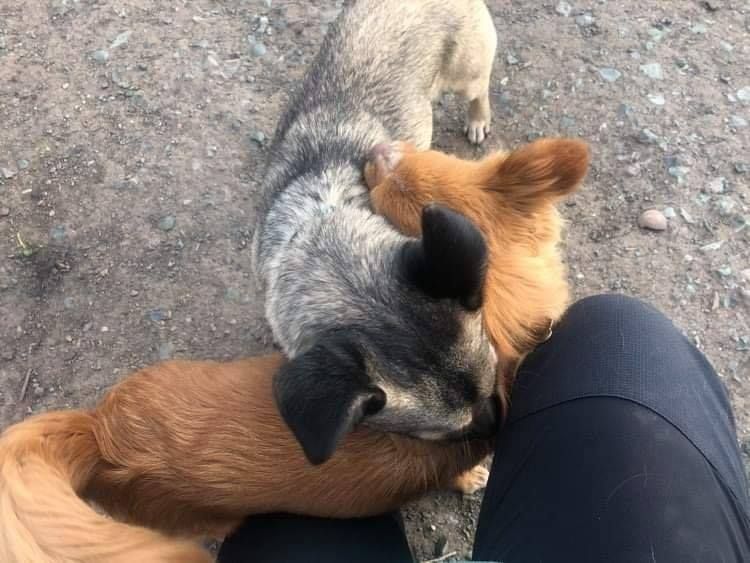
Easy does it...
When you get your new dog home don't just unclip the leash and let them loose. For a number of days the new dog should remain on a trailing or long line so oyu can get hold of them if you need to. The new dog should NEVER be loose without supervision for the first month. If you aren't there to supervise, the new dog should be in a separate room. This is "easy does it" management - it is safe and it is the best way to avoid a dogfight.
Often concerned owners will interfere between the dogs incorrectly. Do not rescue the new dog or pick it up or yell at the established dog. This will only make the situation worse. If you are constantly interfering the natural dog social order between the dogs will have never get established. You must praise the resident dog for tolerating the new dog. Praise what you like and ignore the stuff you don't like unless one dog is being bullied or badgered too much! Then (calmly and quietly) put the perpetrator of the bullying in a room for a time out.
Provide each dog with special time
You may want to allow for some special private time for each of your animals. Go outside and play with one dog while the other is inside with something good to chew on - a stuffed Kong, pizzle stick or yak chew. But make sure you pick it up and put it away before bring the other dog back inside!
Allow for settling in
Give yourself and the new addition time to learn how to live together. You should expect the adjustment period to take lots of time (weeks if not months), you, your current dog (s) and the new dog all need to get used to one another and this will not occur overnight.
Be proud of yourself and the new friend for every small improvement.
Some animals adapt immediately while others will take up to six months. Allow for ample adjustment time!
Lots of positive reinforcement for any good behaviour, give them time apart and monitor their interactions. If you are not there physically to supervise them you MUST isolate the animals from one another when you are gone until you are 100% sure they will get along.
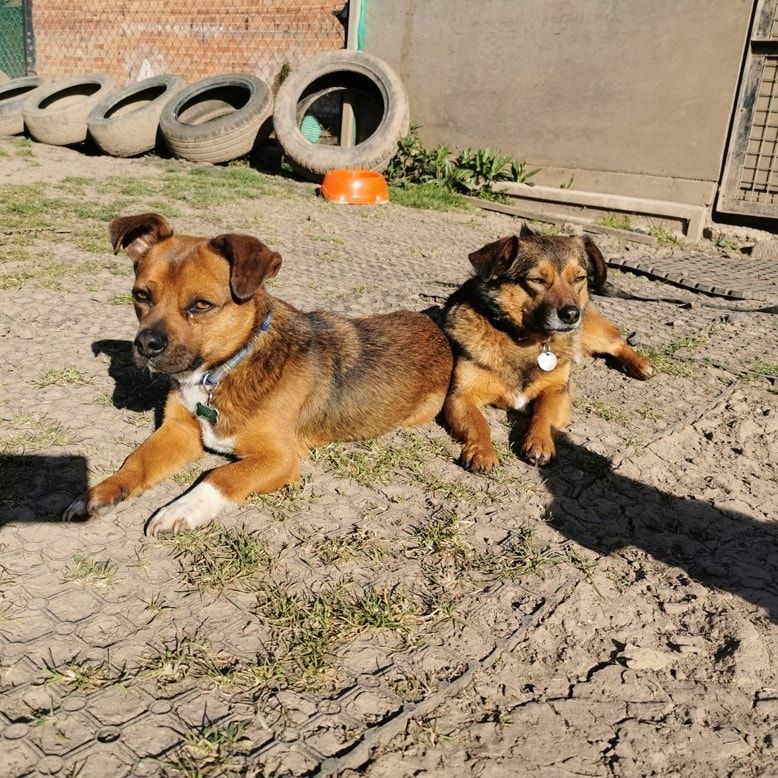
Get help when you need it!
- Remember that punishment of either dog will not teach the dogs how to get along.
- Reinforcing good behavior and supervision (through separating and watchfulness) will change behaviour.
- Ask for help if you can't find a way to solve a problem you are having. Training always enhances the bond between canine and human and trained dogs have more freedom and enjoy more social opportunities.
Adoption Advice
Addie (Mon-Wed): 07724005919
Steph (Thurs-Sun): 07858699322
India: 07562532325
Training Advice
01482 823555 - you will need to leave a voicemail.
Emails to contact
Adoptions: adoptions@oakwooddogrescue.co.uk
Rescue: rescue@oakwooddogrescue.co.uk